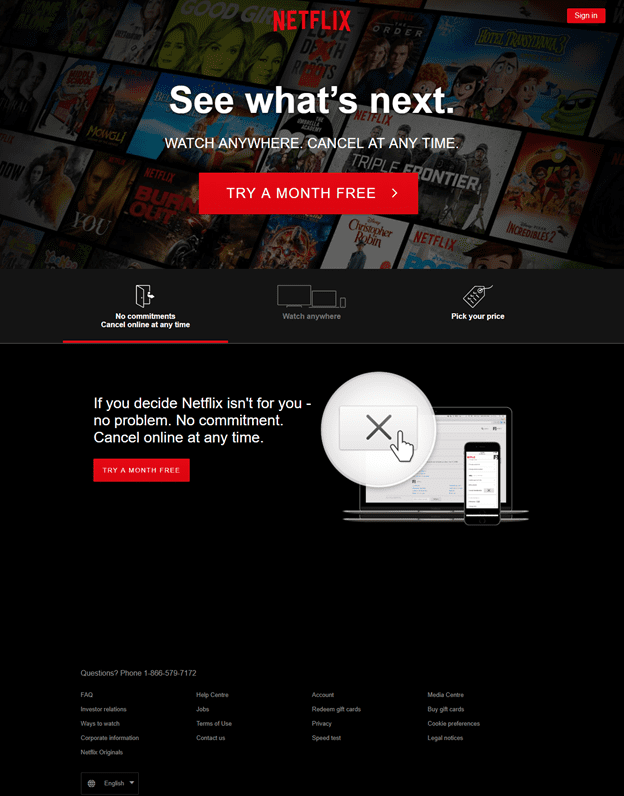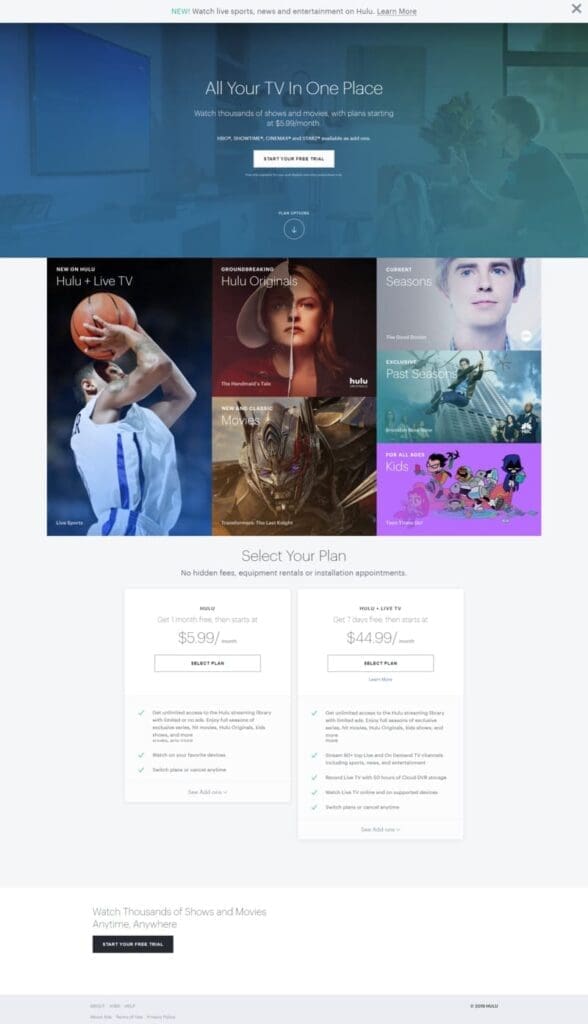3 Questions to Ask When Creating a Lead Generation Plan
At Marketri, many of our clients come to us with questions about growing, improving, or creating lead generation plans. They assume we’ll have a magic answer and respond with something like, “With this one change to your lead generation plan, you’ll increase leads and revenue 200% this year!” But it’s a little more complicated than that.
In some cases, short-term solutions may get leads into the funnel, but without a real lead generation plan or strategy in place, the returns are just not sustainable. The truth is, every organization is at a different point in the lead-gen process. Some companies may be ready for full-on outreach and promotion, while others might be at the beginning of identifying what their product or service is.
No matter where you are on this scale, three questions are good to keep in mind:
What is the product or service?
It may seem obvious, but when you’re thinking about how to better develop qualified leads, the product or service being offered needs to be clear. Any ambiguity can drive leads away. Communicating what it is, why it’s valuable, and what differentiates it gives an organization a solid foundation to build a lead generation plan on.
A good practice is to look at a successful competitor and evaluate how they communicate their offerings and key selling points. Let’s look at, for example, streaming services such as Netflix and Hulu. While they both provide similar services (i.e., streaming content such as movies or television programs to various devices), a few key differentiators exist between the two options. We can look at an article from the Verge to understand what these differentiators are:
- Price
- Features
- Content
For pricing and features, each service offers a tiered approach with different features available at different levels. Hulu has cheaper plans, but they also include in-stream ads. Netflix’s options are more expensive but come with features not available on Hulu like 4K/HDR content, offline and ad-free streaming.
In regards to content, Hulu offers many shows that are now off-the-air but are in high-demand (The Simpsons, Family Guy, ER, etc) while Netflix prioritizes their own original programming (Black Mirror, Grace and Frankie, Orange is the New Black, etc). Perhaps the biggest differentiator that Hulu is able to offer is Hulu with Live TV, which is nearly 4x more expensive than any of the packages offered by either service but includes live network and cable programming for a digital cable alternative.
Understanding what their competitors offer has allowed each company to focus on what differentiates them regarding price, features, and content. New competitors will be entering the market (e.g., Comcast, AT&T, and Disney. To get an idea of who owns what, NBC News has a breakdown) and it will be interesting to see how they differentiate themselves.
Who is the product for?
When working with clients, we sometimes find the target audience they’ve defined is actually not right for them at all. Think of it like this: if Netflix or Hulu wants to sell parents on kid-friendly content, it would be easy for them to say ‘Okay, we’ll target Parents with Kids.” This would be ill-advised, as there are many more layers of targeting that would need to be considered here:
- Is it all parents or is there an age range? Parents with children that are 18+ will not find elementary-level content relevant.
- What age is the content geared towards? Content for a 3-year-old is much different from content for a 10-year-old.
- Is household income a consideration? Income may indicate whether a home is likely to have the technology to support subscribing to Netflix.
- Do they need to speak a certain language or live in a specific region? Consider how these demographics will impact that strategy. A Spanish program should target a Spanish speaking audience and data would be required to determine how to reach them.
- Do they need to be an existing subscriber? Will this content be included in their existing subscription and, if not, how much will it cost? Will there be discounts?
This targeting lesson holds true when thinking about other products or services. Consider who the key decision makers are in an organization when you’re building a B2B lead generation plan and how you can make your messaging and outreach relevant to them. To start, you can look at existing customers and what ultimately cemented their final decision. If appropriate, ask them how they approached their decision-making process and use that information to better advise communications about a given product or service.
Is there a content strategy?
Once it has been established what is being marketed and the target audience, you’ll need to build the requisite content to start picking up on search traffic. Optimizing SEO is key in driving qualified leads to a site, and having a content strategy advised by the target audience when they’re at various steps of the decision-making process is critical. In order to know what content to create, ask the following questions:
- What critical questions is the target audience asking at different points in the decision-making process? What information would benefit them? Think about if you were a parent looking to buy a car for your growing family, what would you be searching for and what data or research would help you in making that decision?
- How do these questions advise the relevant keywords the organization should strive to rank highly with?
- Are there clients, testimonials, or case studies that communicate your value or expertise?
- Is there information or documentation that the target audience would find useful? How can it be gated to better capture lead information?
By ensuring all content (social, digital, print, etc.) is advised by or is answering these questions, it will better set the organization up for a long-term, sustainable lead generation strategy. For Netflix and Hulu, we can look at their respective websites to see what their content strategy is and what they’ve determined is the most important information for prospective customers:

We can see Netflix is prioritizing 4 things:
- Watch Anywhere
- Cancel Anytime
- Pricing
- CTA: Try for Free
By comparison, we can see Hulu emphasizes a few more key areas:
- The breadth of Offering and Content Variety
- Pricing
- Watch Anywhere
- CTAs: Try for Free and Select Plan

The fact that Hulu has a greater number of packages available (Streaming + Live TV) may have led them to emphasize and give more detail to the content available on their service, while Netflix doesn’t speak at all to: a) what their service is and b) what content they offer. But they emphasize different features of their platform and pricing. For each service, we can better understand what they deem to be important information for prospective customers that will help them in making their decision.
Creating Lead Generation
A lead generation plan is a flexible, fluid document that should be updated regularly. The questions identified here help to build a foundation of facts, insights, and research that ensure the plan is based in objective information and not assumptions. You need to have a firm understanding of what your product or service is and what makes it unique compared to similar offerings to maintain a competitive advantage and keep up with changes in the marketplace. Identifying who your product or service is for advises who you should market to and brings insights into the best tools and resources to reach them. Finally, the product and target audience data is utilized to structure a content strategy around the target audience when they’re at various points in their decision-making process, giving them the most useful information with clear next steps to drive a conversion.
If you follow these key strategies, you might just hit your 200% growth objective.
Want to learn more? Read more about Marketri’s Lead Generation Plans.
Wondering if building a marketing plan is worth the effort? Our Executive Guide to Strategic Marketing Plans shows C-level executives how research-backed marketing strategy drives revenue growth.






